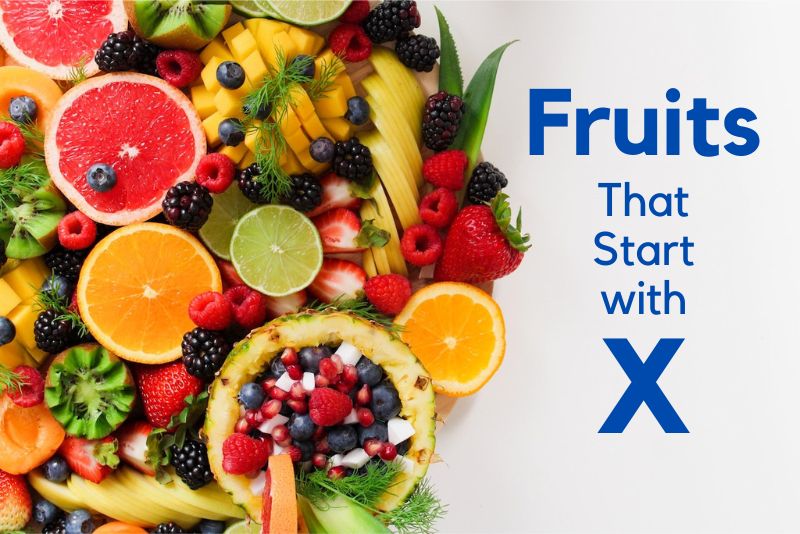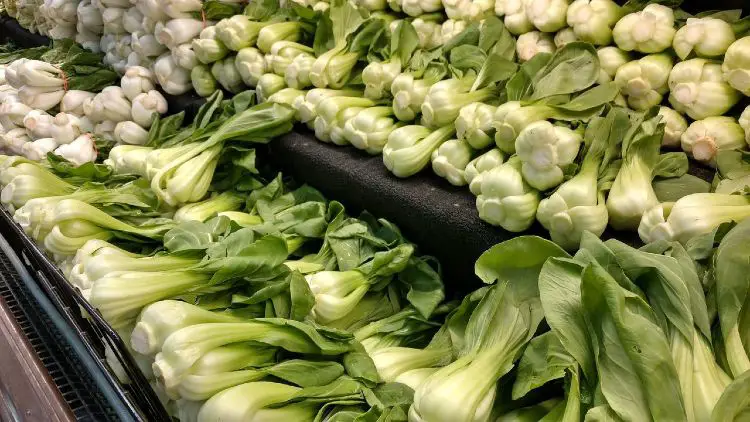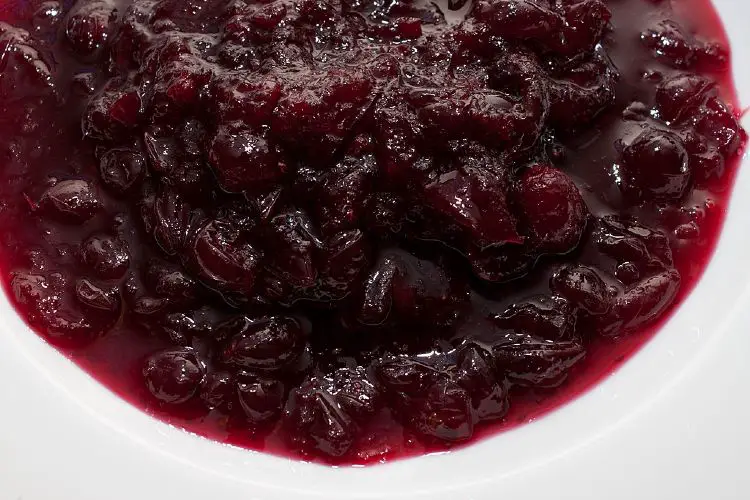Fruits That Start with X (Complete List of 10+ Fruit Names)
Welcome to the intriguing world of fruits that start with the letter “X”!
While not as common as other letters, “X” brings forth a selection of fruits that are unique and captivating. From exotic tropical delights to lesser-known varieties, these fruits showcase the diversity of nature’s offerings. Get ready to explore the juicy and aromatic xing zi, the tangy and vibrant xoconostle, and the tropical sweetness of xoài.
Join us on this exploration of fruits that begin with “X” and prepare to discover some hidden gems that are sure to surprise and delight your taste buds. Let’s dive into the fascinating realm of fruits beginning with “X” and uncover the wonders they have in store.
List of Fruits Starting with X
Xanthium strumarium
Xanthium strumarium, also known as common cocklebur, is a species of the Xanthium genus. It is a weedy plant that produces spiny fruits. In some traditional practices, the seeds and leaves of Xanthium strumarium are used for their medicinal properties.
Xarel-lo
Xarel-lo is a grape variety commonly used in the production of Cava, a sparkling wine from Catalonia, Spain. It is known for its high acidity and ability to retain freshness. Xarel-lo grapes contribute to the complex flavors and aromas of Cava, often displaying notes of citrus and stone fruit.
Xerophyte
Xerophytes are plants adapted to arid environments with low water availability. These plants have special adaptations to conserve water, such as reduced leaves, thick cuticles, and the ability to store water in their tissues. While not a specific fruit, xerophytes play a crucial role in maintaining ecosystems in dry regions.
Xiangjiao
Xiangjiao is the Chinese term for banana. Bananas are one of the most popular and widely consumed fruits in the world. They are rich in potassium, dietary fiber, and vitamins. Xiangjiao can be enjoyed fresh, used in desserts, or added to smoothies and baked goods.
Xigua
Xigua is the Chinese term for watermelon. Watermelon is a refreshing and hydrating fruit, perfect for hot summer days. It has a juicy, sweet flesh and is rich in vitamins A and C. Xigua can be enjoyed as a snack, used in fruit salads, or blended into refreshing beverages.
Ximenia
Ximenia is a genus of small trees or shrubs that produce fruits known as sourplums. These fruits are oval-shaped and vary in color from yellow to red. These fruits have a tart and acidic taste, and they are used in traditional medicine and culinary applications in certain regions.
Ximenia caffra
Ximenia caffra, also known as sourplum or monkey plum, is a fruit-bearing tree native to Africa. Its fruits are small, oval-shaped, and turn from green to yellow or red as they ripen. These fruits have a tart taste and are used in culinary preparations, such as jams, jellies, and beverages. They are also rich in vitamins, minerals, and antioxidants, making them a nutritious addition to the diet.
Xing Zi
Xing Zi, or apricot in English, is a fruit with a velvety skin and a sweet, juicy flesh. Apricots are known for their delicate flavor and vibrant orange color. They are rich in vitamins A and C, as well as dietary fiber. Xing Zi is enjoyed fresh, dried, or used in various culinary creations, including desserts, jams, and sauces.
Xinomavro
Xinomavro is a red grape variety primarily grown in Greece. It is known for producing full-bodied red wines with high acidity and robust tannins. Xinomavro wines often exhibit complex flavors of dark fruits, spices, and earthy notes. The grape’s name translates to “acid-black” in Greek, reflecting its distinctive characteristics. Xinomavro is a versatile grape that can be enjoyed young or aged, and it is highly regarded in the Greek winemaking tradition.
Xoay
Xoay, also known as star apple or Caimito, is a tropical fruit native to the Caribbean and Central America. It has a unique star-shaped pattern when cut open, hence the name. Xoay fruits have a sweet, milky flesh that comes in various colors, such as purple, green, or white. They are typically eaten fresh and can be enjoyed on their own or added to salads and desserts.
Xoconostle
Xoconostle is a type of cactus fruit that grows in Mexico. It is similar to a prickly pear but smaller and more acidic in taste. Xoconostle fruits have a tart flavor and are commonly used in Mexican cuisine, especially in sauces, salsas, and beverages. They are also packed with nutrients, including vitamin C and dietary fiber.
Xoài (Mango)
Xoài, or mango, is a tropical fruit that is widely cultivated and loved for its sweet and juicy flesh. It comes in various shapes, sizes, and colors, ranging from yellow to red and even green. Xoài is known for its rich, tropical flavor and aromatic fragrance. It can be eaten fresh, used in smoothies, salads, or made into preserves and desserts. Mangos are a good source of vitamins A and C, as well as dietary fiber.
Xylocarp fruit
Xylocarp fruit refers to a category of fruits that have a hard, woody outer shell or rind. Examples of xylocarp fruits include coconuts, durians, and jackfruits. These fruits typically have a fibrous or fleshy interior surrounding the seeds. Xylocarp fruits are known for their unique textures and flavors, and they are often used in various culinary applications, from savory dishes to desserts.
Xylocarpus granatum
Xylocarpus granatum, also known as the cannonball mangrove or crabapple mangrove, is a species of tree found in mangrove habitats. It produces large, spherical fruits that resemble cannonballs, hence the name. Xylocarpus granatum fruits have a hard exterior and contain seeds surrounded by a fibrous pulp. The pulp is known to have medicinal properties and is used in traditional herbal remedies in certain regions.
In conclusion, the world of fruits that start with the letter “X” may be small, but it is filled with unique flavors and remarkable characteristics. From the tart and zesty xoconostle to the sweet and juicy xoài, these fruits offer a delightful range of tastes and textures.
While they may not be as widely recognized as other fruits, their distinctiveness makes them all the more special. So, let us celebrate the extraordinary fruits that begin with “X” and continue to explore the vast and diverse world of nature’s bountiful offerings. Keep your taste buds curious and your culinary adventures alive as you discover the hidden treasures of fruits that starting with “X”.



